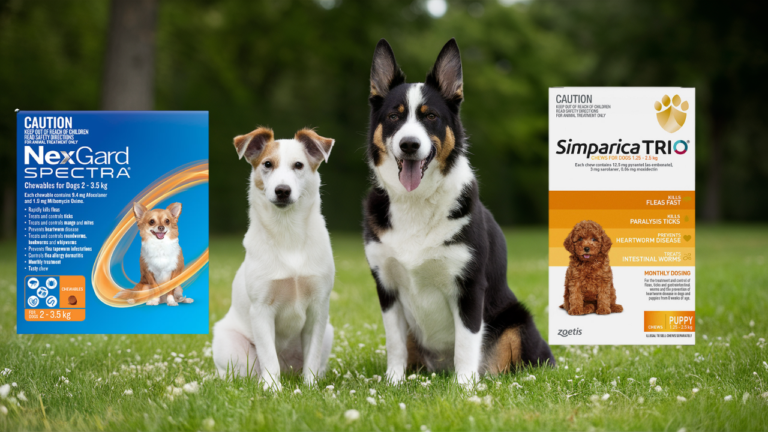Nexgard Chewables: A Convenient Solution for Flea and Tick Prevention in Dogs
Our canine companions bring endless joy and love into our lives. But keeping them safe from pesky parasites like fleas and ticks is an essential part of being a responsible pet parent. These blood-sucking insects can cause more than just itching and discomfort – they can transmit diseases that can be serious or even life-threatening….












